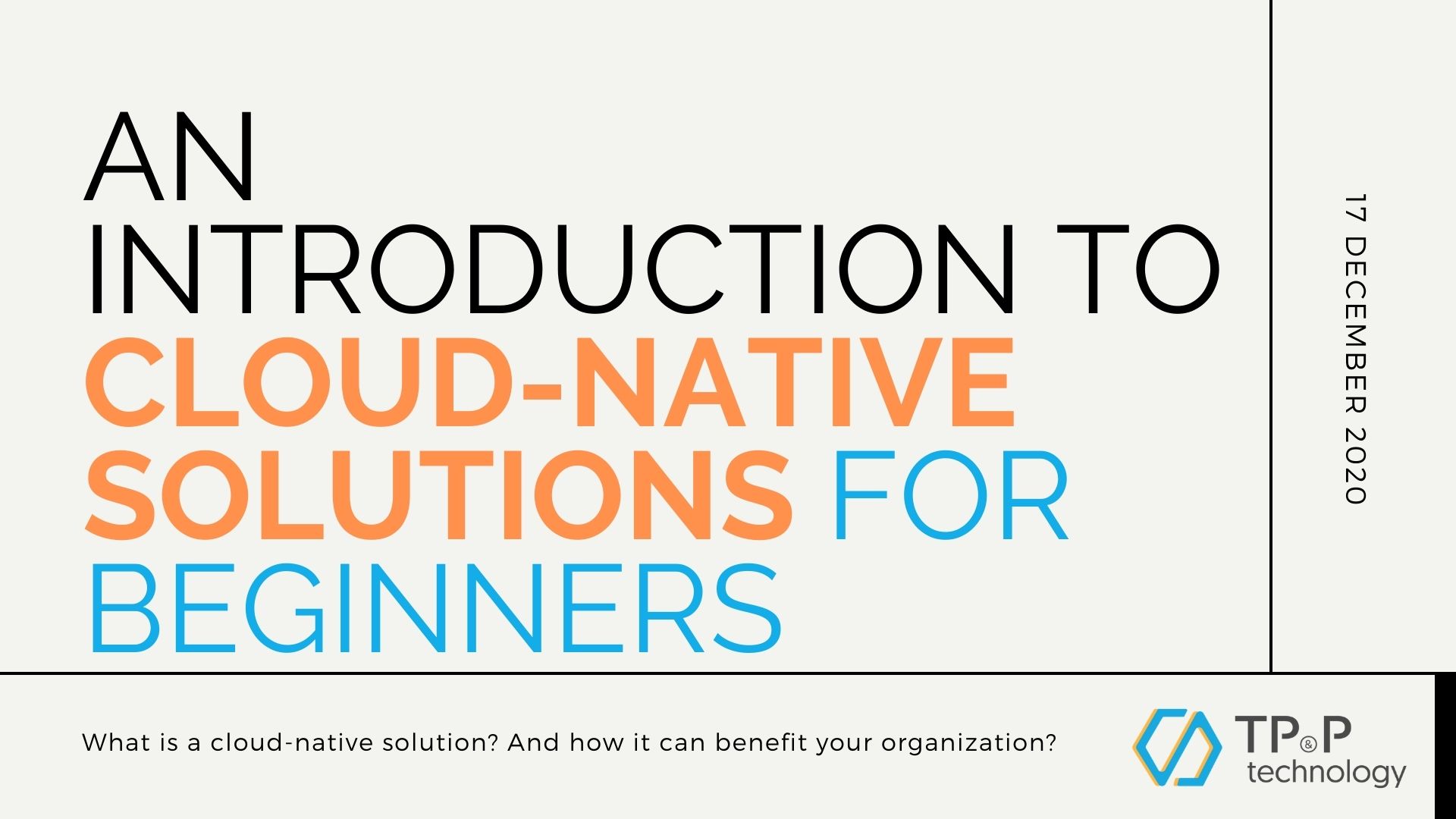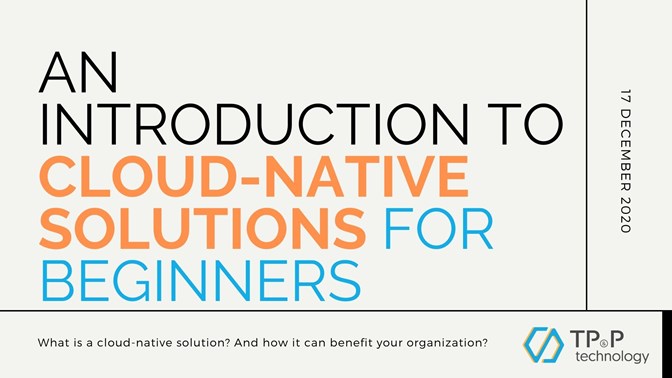
An Introduction To Cloud-Native Solutions For Beginners
Lately, many software development companies and IT service providers are promoting cloud-based solutions due to the benefit they bring to the end-users and businesses like capacity, scalability, functionality, and reduced maintenance and cost for computer infrastructure or in-house staff. The term cloud-based is usually confused with cloud-native.
In this article, we would like to introduce cloud-native technology to you, explain how different they are, and give you some legit reasons to invest in cloud-native solutions.
What is Cloud Computing Technology?
Before getting into the difference between cloud-native and cloud-based, may we give you a clear definition of cloud computing technology first.
Cloud computing technology, also known for its colloquial term - the cloud, is not just a single technology; the name depicts heaps of servers located worldwide that can be accessed via the internet. Nowadays, cloud computing technology has become part of our everyday lives. Most of us are using it to back up data in our smartphones.
However, while our data tends to be stored on a private cloud, most businesses use the public cloud. The reason behind this is the public cloud is more extensive compared to its private counterpart.
Cloud has allowed us to efficiently and directly access external data sources and storage services with an API’s guidance (application programming interface). APIs have the power to keep the apps minimal in size and can carry processing and analytical computations in their cloud. These APIS have long-term flexibility and can encourage faster growth and expected returns. And to make it easier for companies, IT companies have introduced cloud-native and cloud-based (and cloud-enabled) development platforms regarding the industry’s needs. But not all clouds are the same. 
Why cloud-native technology is different?
While cloud-based and cloud-native share some common characteristics, cloud-native development is different in significant ways.
For starters, cloud-native development refers to container-based, dynamically orchestrated application development. Therefore, cloud-native apps exhibit many attributes of applications deployed in cloud-based infrastructures, like elastic scalability and high availability.
Cloud-native technology increases the application platforms’ speed, accessibility, and scalability. These are the reasons why we don’t have to worry about capacity or scale when it comes to storing data. For instance, an organization that uses cloud-solution can handle Christmas and Black Friday sales spikes without the need to contact the vendor to increase the storing capacity due to the increased demand.
Moreover, if a solution is developed in the public cloud, it can be integrated with other cloud-native solutions. This allows team access to each microservices in and out of your digital asset to meet the business needs.
Additionally, cloud-native technology can free up your development team from undifferentiated hard work associated with a monolithic architecture, which results in one single-tiered software application made up of different components, from a single platform. This means they can speed up the deployment timeline. In fact, by adopting this technology, you’ll have a strong foundation to customize your product and deliver a unique customer experience, which we all know is the most critical factor for any business. From that, you can test, learn, and find out what delivers the best results.
Whereas cloud-native development refers more to application development grounded in containers, microservices, and dynamic orchestration, cloud-based development describes application development executed by a browser that points to cloud-based infrastructure.
How to recognize a proper cloud-native solution?
It can be difficult to tell whether a solution is cloud-native since there are so many solutions that offer cloud-based capabilities. Therefore, you should question every vendor you’re speaking to. What you should do is conducting an inquiry into the solution’s API. Have they been built from scratch, or have they been bolted onto an existing platform? Because APIs serve an essential role in headless architecture, if you have questions about the solution’s API, you may also question its cloud offerings.
Let’s delve deeper. Does the solution allow you to find other cloud-native features? Does it give you the freedom to innovate and transition to continuous distribution? We know the frustration and uncomfortableness you might feel when asking these types of questions, but you can successfully explore this discovery phase with the help of a trustful partner.
Always keep in mind that cloud-native solutions are generally only applicable to the PaaS/SaaS business model. If a vendor does not provide this service, it usually indicates that the solution is cloud-based, not cloud-native.
Ten key attributes of cloud-native applications
Here are the Ten critical attributes of cloud-native applications that developers should remember when building cloud-native applications.
(According to The New Stack)
- Packaged as lightweight containers
- Developed with best-of-breed languages and frameworks
- Designed as loosely couple microservices
- Centered around APIs for interaction and collaboration
- Architected with a clean separation of stateless and stateful services
- Isolated from the server and operating system dependencies
- Developed on self-service, elastic, cloud infrastructure
- Managed through agile DevOps processes
- Automated capabilities
- Defined, policy-driven resource allocation
Conclusion
Both big and small-medium sized enterprises need cloud computing technology to speed up and nurture the business needs and maximize their potential. But the above recommendations clearly show us that cloud-native infrastructure is essential for any businesses’ expansion and growth. Today’s business is growing exponentially, which drives us to take full advantage of these quality services.
When we have a better understanding of technology and see a whole new perspective related to our business, we start to question: do we need any improvements, or are we good to go now? And if we need to change, do we have enough expertise to build a bigger and better system?
Understanding your concern, at TP&P Technology - Top Software Development Outsourcing Company in Vietnam, we specialize in custom software development services and delivering anything-cloud-related applications. Contact us now to jumpstart your journey.



